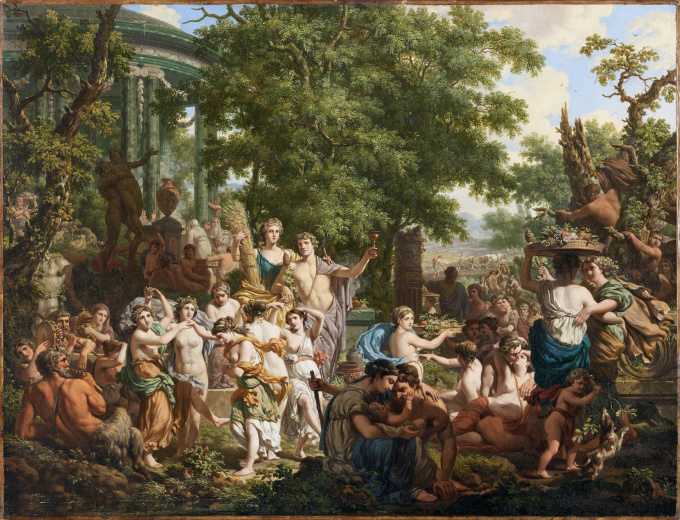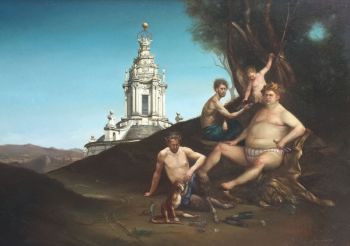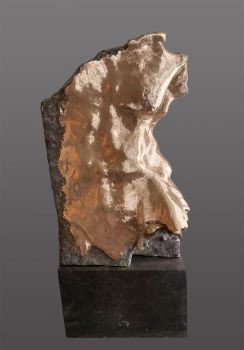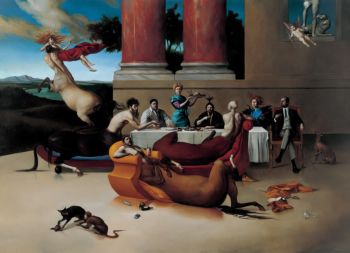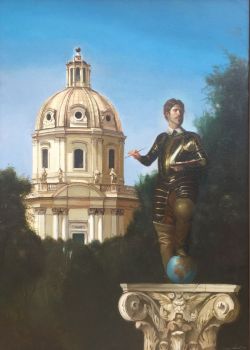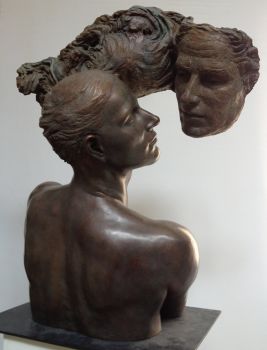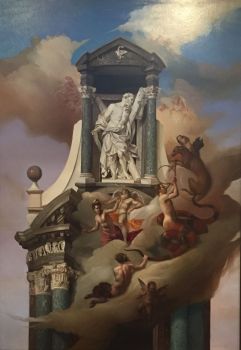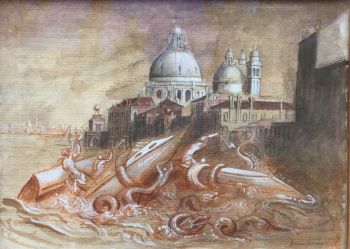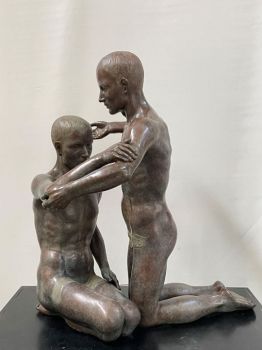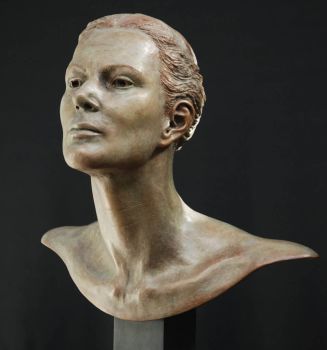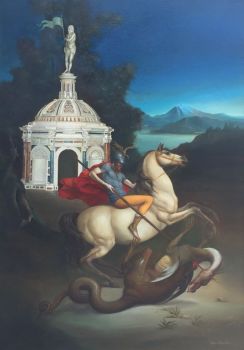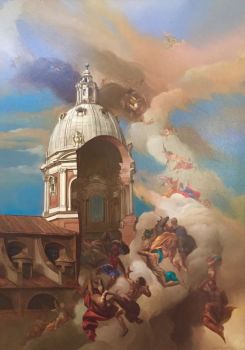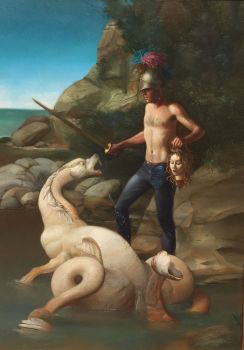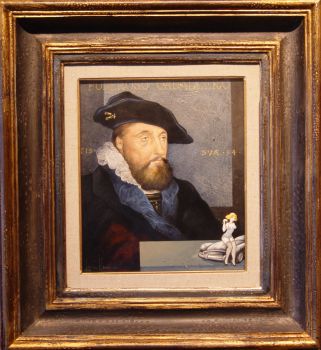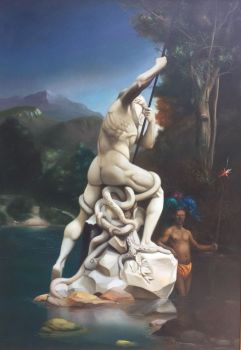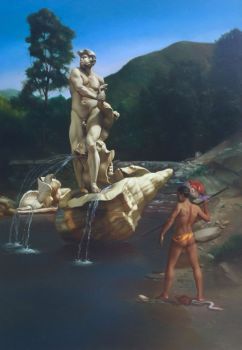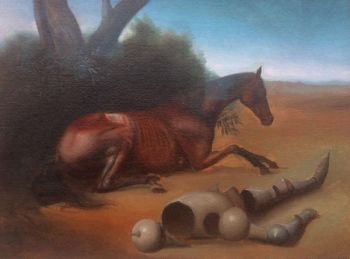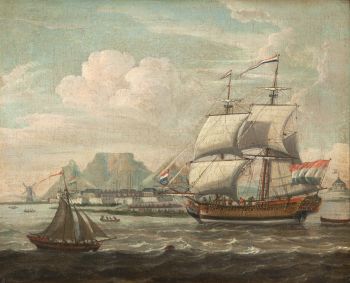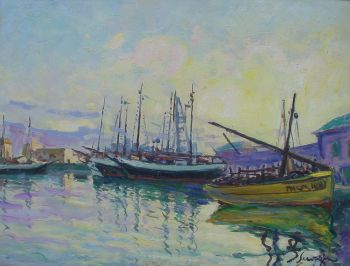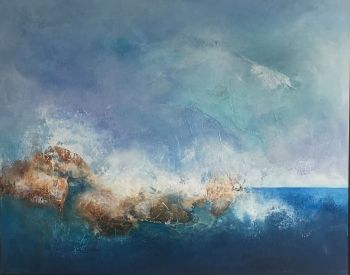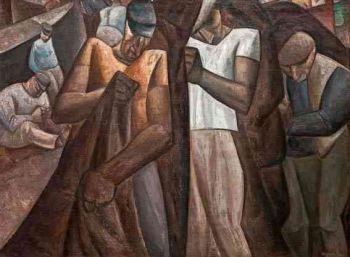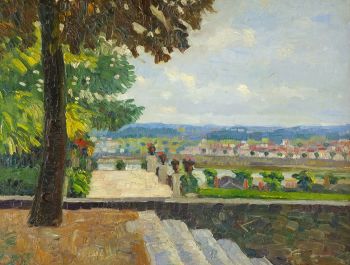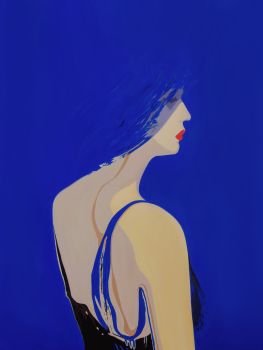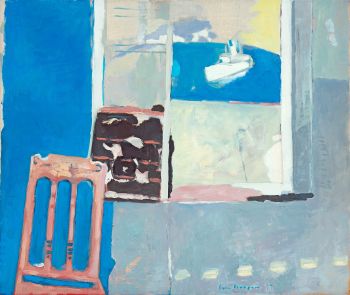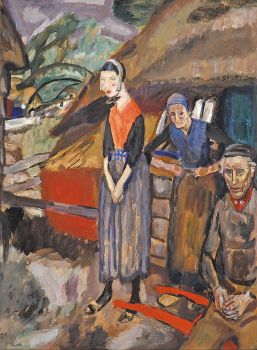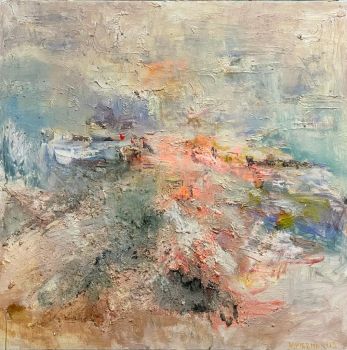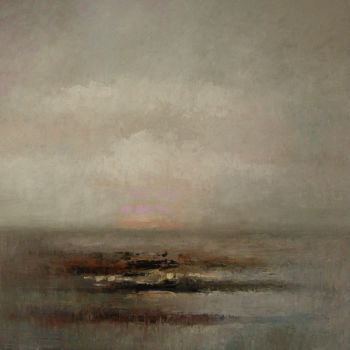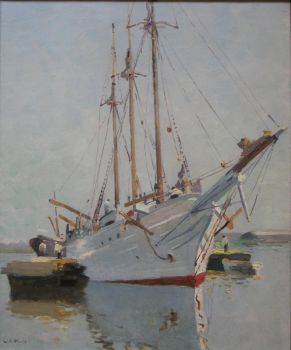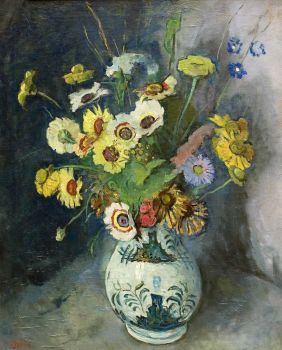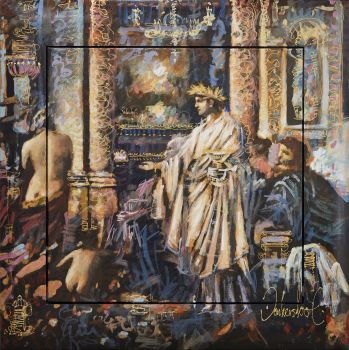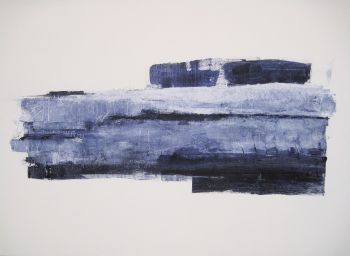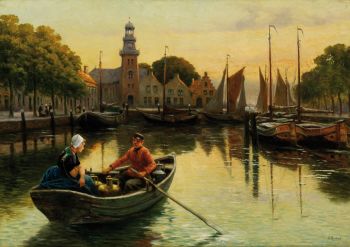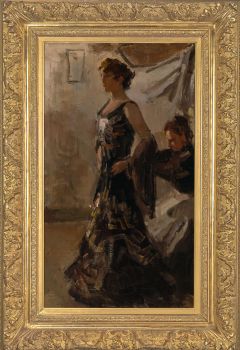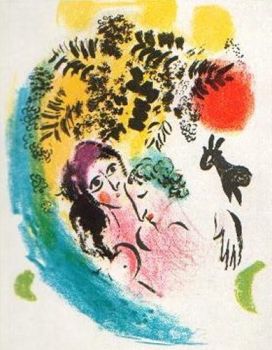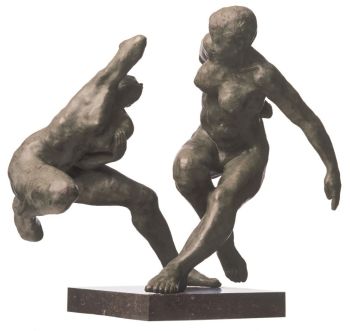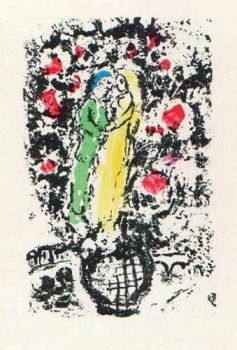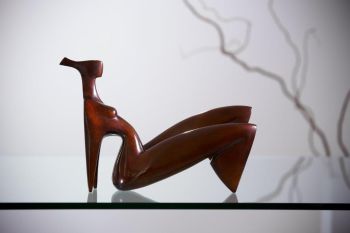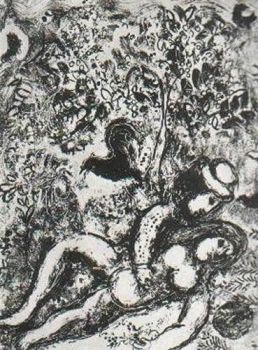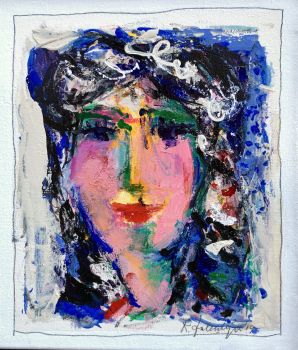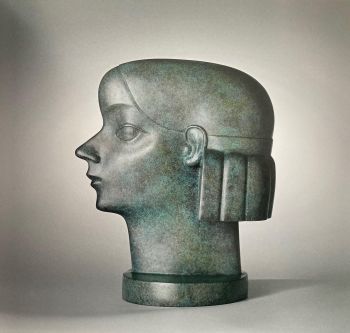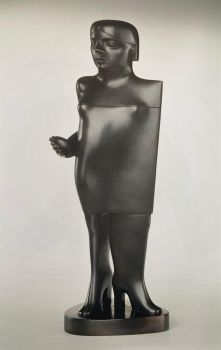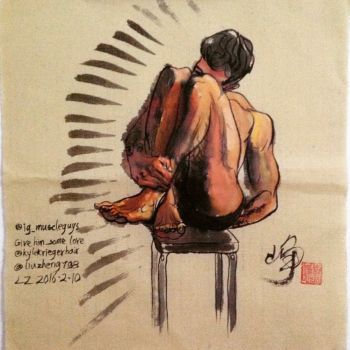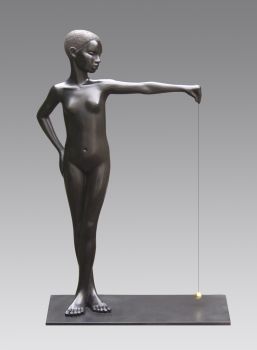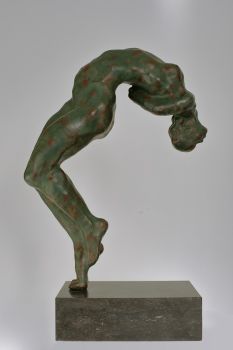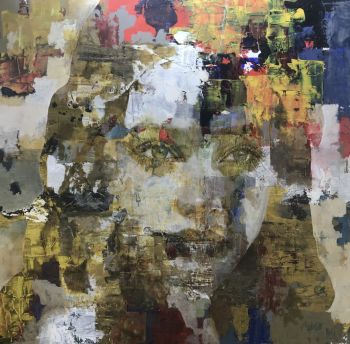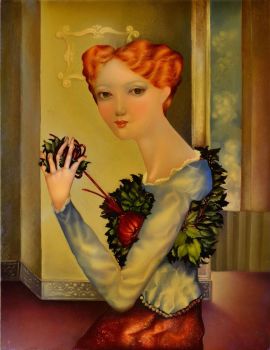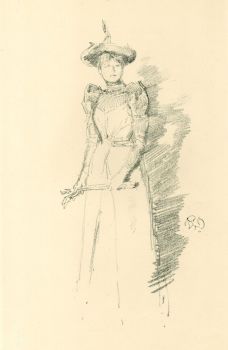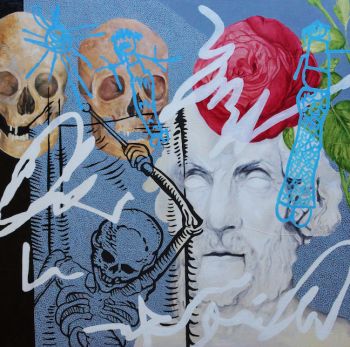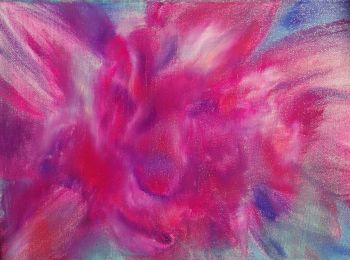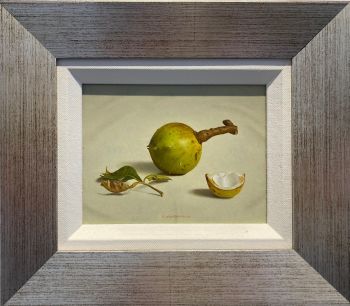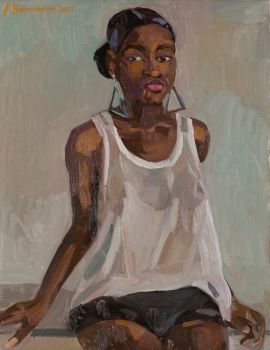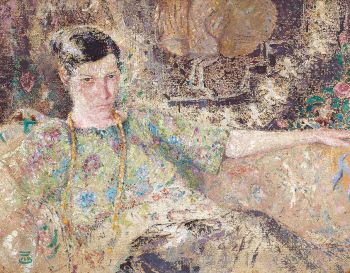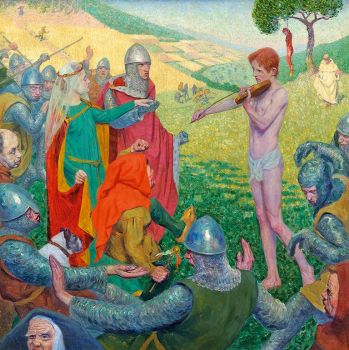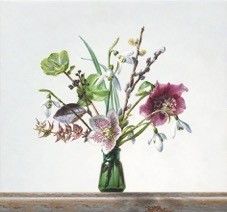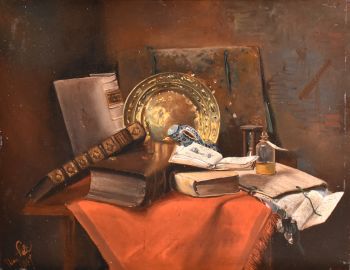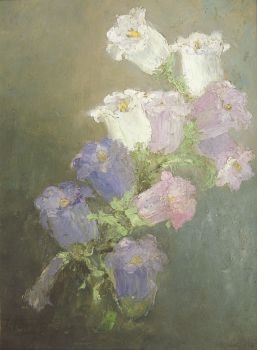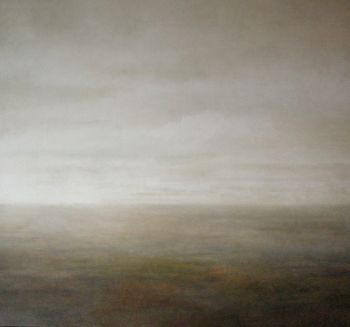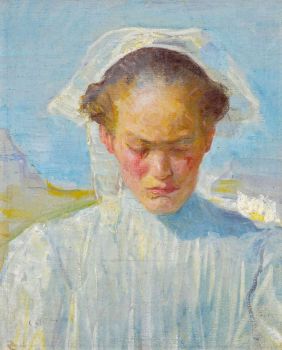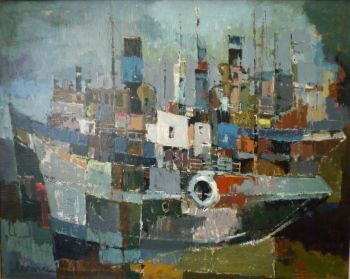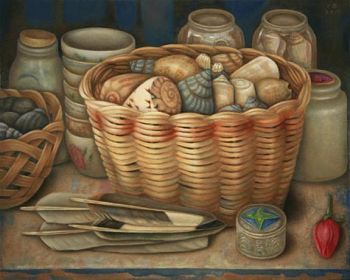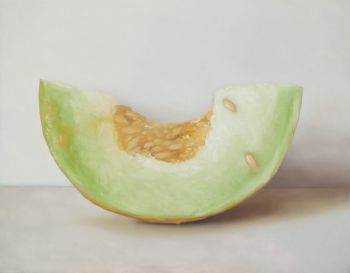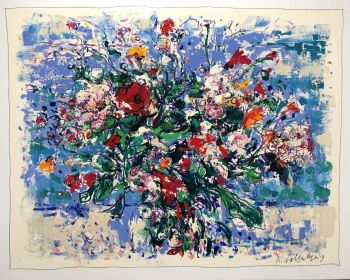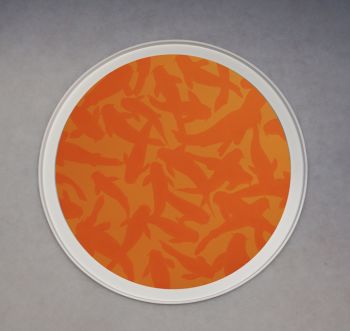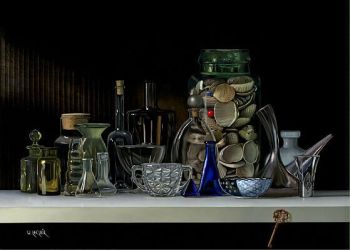Celebration of Spring 1776
Jean Grandjean
LienzoPintura de aceitePintura
70 ⨯ 92 cm
ConditionExcellent
Actualmente no disponible a través de Gallerease
- Sobre la obra de arteThe Dutch artist with the French name Jean Grandjean is relatively unknown. Dictionaries of art mention him only briefly as a draughtsman of whom only a few paintings are known. Only Van Eynden and Van der Willigen, in the early nineteenth century, are extensive in describing the artist.
In the 1970´s the Rijksmuseum paid attention to Grandjean in an exhibition on artists travelling to Italy, Shortly after this groundbreaking exhibition a large portfolio with academic studies by Jean Grandjean was discovered. The director of the Rijksprentenkabinet J.W. Niemeijer published this album in Master Drawings in 1974. He mentions in his article on the artist that paintings by Grandjean can be counted on the fingers of one hand. More than 40 years later little has changed. The number of known pictures is still very small.
Jean Grandjean was, despite his French name, born in Amsterdam. His father was a descendant of French Huguenot refugees. He was a glove maker who married twice. His second marriage brought him six children of whom Jean was born on February 5, 1752.
Jean showed his talent already at an early age and was apprenticed to the topographical draughtsman Jacobus Verstegen. Soon Jean outgrew his master’s talents. Jean’s father displayed the drawings of his son in the window of his shop. This attracted commissions from Amsterdam collectors. In this period Jean was working in the studio of the enamellist De Groot. The simple decorative type of work brought him no satisfaction.
In the summer of 1772 he was able to enter the studio of Jurriaan Andriessen, (1742-1819). This painter was famous for his good educational gifts. Many of the better artists in the second half of the eighteenth century made their start in this studio. Among them not only Andriessen’s brothers Anthony (1746-1813) and his son Christiaan (1775-1846) but also Hermanus Numan (1744-1820), Hendrik Voogd(1768-1839) and Daniel Dupré (1751-1817). In the Andriessen workshop Jean was trained to paint Arcadian landscapes and painted wallpapers (behangselschilderijen). Jurriaan Andriessen also gave courses at the Amsterdam City Drawing Academy since 1766. Jean Grandjean’s name was listed there for the first time in 1771. Not long afterwards he won the prize of honor three times. He also practiced at a private drawing school, probably one set up by artists to lower costs. Grandjean attached special significance to this extra training in drawing from life models. His ambitions were far-reaching. He wanted to become a history painter. The neo classical movement under the influence of for example Johann Joachim Winckelmann (1717-1768) was of great importance for the art theory and development of taste in the Netherlands in the 1760’s and 70’s. Lectures at the Amsterdam Academy were often dedicated to classical themes. A certain preference for Greek antiquity came into vogue in art loving circles. It is clear that Jean Grandjean was greatly influenced by this mode. In 1777 the artist was one of the founding members of the Artists’ Society Felix Meritis.
The art lovers, amateur draftsmen and collectors Jan Tersteeg (1750-1808) and Dirk Versteegh (1751-1822) stimulated Jean Grandjean to paint history pieces. These paintings and drawings were ordered by them for their collections. The role these peers played in suggesting subjects, discussing taste while participating in drawing lessons must have been very important for Grandjean. With help from others in their circle of collectors, they made it financially possible for Grandjean to travel to Rome. He arrived in the eternal city in the summer of 1779. He resumed his practice of drawing after the live model in the so-called Trippelsche Akademie, named after the sculptor Alexander Trippel (1744-1793). Here among mostly German colleagues as Wilhelm Tischbein (1751-1829) and Franz Kobell (1749-1822) his drawing style developed rapidly to a more international style. His sudden death in November 1781 robbed Holland of an artist who might have become her greatest exponent of Neo classicism.
The importance of Jean Grandjean’s travel to Rome must not be underestimated. He was the first Dutchman in over 50 years to go to Italy after Pope Clement XI withdrew the freedom of congregation for the Dutch painters in Rome in 1720. Many others followed in his footsteps, among them Daniel Dupré(1751-1817) and Hendrik Voogd(1768-1839) and in the early nineteenth century Josephus Augustus Knip (1777-1847). His portrait was put up in the Drawing room of Felix Meritis as can be seen on the painting by Adriaan de Lelie(1755-1820) from 1801 of this room in Felix Meritis (Rijksmuseum Amsterdam, inv. no. SK-C-538).
Celebration of Spring
This picture of a feast with the goddess Ceres, a young Bacchus, nymphs and fauns in an Arcadian landscape celebrating the spring is typical for the oeuvre of Jean Grandjean before his journey to Rome. Theme, composition, manner of painting use of color all are closely related to the pictures of his teacher Jurriaan Andriessen. The painting resembles a water-color in the Rijksmuseum (see image on the left), An Arcadian Landscape with a temple in the background. Both the drawing and the painting were once in the collection of Jan Tersteeg. The description of the painting in the auction catalogue of 1808 gives an insight in the specific subject which is chosen here. The landscape where the young Bacchus and Goddess Ceres are celebrating is called Enna. This was in Greek mythology the capital of Sicily, famous for her Demeter cult. Demeter, otherwise known as Ceres, was the sister of Zeus. She had a daughter, Persephone, or Proserpine to the Romans, who was the maiden of Spring. Pluto lusted after Persephone. His obsession compelled him to drag her down to the underworld. Demeter searched in vain for her lost daughter. Her reproach to the cruel world was to withhold the bounties of the harvest. Finally Demeter discovered the whereabouts of her daughter and pleaded with Zeus for her safe return. He arranged a compromise: she would spend half the year in the sunlit uplands and half in the kingdom of Hades. As a result we know the seasons. When Persephone is with her mother it becomes spring, when she returns to Hades it will be winter. In this painting by Grandjean we see how Persephone returns from the underworld and is welcomed by her mother Ceres in spring. In the background farmers are ploughing the fertile grounds.
The celebration of Spring is an important rediscovery of a rare painting by Jean Grandjean. - Sobre el artistaEl artista holandés de nombre francés Jean Grandjean es relativamente desconocido. Los diccionarios de arte lo mencionan brevemente como un dibujante del que solo se conocen algunas pinturas. Solo Van Eynden y Van der Willigen, a principios del siglo XIX, son extensos al describir al artista. En la década de 1970, el Rijksmuseum prestó atención a Grandjean en una exposición sobre artistas que viajaban a Italia. Poco después de esta innovadora exposición se descubrió un gran portafolio con estudios académicos de Jean Grandjean. El director del Rijksprentenkabinet J.W. Niemeijer publicó este álbum en Master Drawings en 1974. En su artículo sobre el artista, menciona que las pinturas de Grandjean se pueden contar con los dedos de una mano. Más de 40 años después, poco ha cambiado. El número de imágenes conocidas es todavía muy reducido. Jean Grandjean nació, a pesar de su nombre francés, en Amsterdam. Su padre era descendiente de refugiados hugonotes franceses. Era un fabricante de guantes que se casó dos veces. Su segundo matrimonio le trajo seis hijos de los cuales Jean nació el 5 de febrero de 1752. Jean mostró su talento ya a una edad temprana y fue aprendiz del dibujante topográfico Jacobus Verstegen. Pronto Jean superó los talentos de su maestro. El padre de Jean mostró los dibujos de su hijo en el escaparate de su tienda. Esto atrajo encargos de coleccionistas de Amsterdam. En este período, Jean trabajaba en el estudio del esmalte De Groot. El sencillo trabajo decorativo no le produjo ninguna satisfacción. En el verano de 1772 pudo ingresar al estudio de Jurriaan Andriessen, (1742-1819). Este pintor era famoso por sus buenas dotes educativas. Muchos de los mejores artistas de la segunda mitad del siglo XVIII se iniciaron en este estudio. Entre ellos no solo los hermanos de Andriessen, Anthony (1746-1813) y su hijo Christiaan (1775-1846), sino también Hermanus Numan (1744-1820), Hendrik Voogd (1768-1839) y Daniel Dupré (1751-1817). En el taller de Andriessen, Jean recibió formación para pintar paisajes arcadianos y papeles pintados pintados (behangselschilderijen). Jurriaan Andriessen también impartió cursos en la Academia de Dibujo de la Ciudad de Ámsterdam desde 1766. El nombre de Jean Grandjean apareció allí por primera vez en 1771. Poco tiempo después ganó el premio de honor en tres ocasiones. También practicó en una escuela de dibujo privada, probablemente una creada por artistas para reducir los costos. Grandjean concedió un significado especial a esta formación adicional en el dibujo de modelos reales. Sus ambiciones eran de gran alcance. Quería convertirse en pintor de historia. El movimiento neoclásico bajo la influencia de, por ejemplo, Johann Joachim Winckelmann (1717-1768) fue de gran importancia para la teoría del arte y el desarrollo del gusto en los Países Bajos en los años 1760 y 70. Las conferencias de la Academia de Ámsterdam se dedicaban a menudo a temas clásicos. Una cierta preferencia por la antigüedad griega se puso de moda en los círculos amantes del arte. Está claro que este modo influyó mucho en Jean Grandjean. En 1777, el artista fue uno de los miembros fundadores de la Sociedad de Artistas Felix Meritis. Los amantes del arte, dibujantes aficionados y coleccionistas Jan Tersteeg (1750-1808) y Dirk Versteegh (1751-1822) estimularon a Jean Grandjean a pintar piezas históricas. Estos cuadros y dibujos fueron encargados por ellos para sus colecciones. El papel que estos compañeros desempeñaron al sugerir temas, discutir los gustos mientras participaban en las lecciones de dibujo debe haber sido muy importante para Grandjean. Con la ayuda de otros en su círculo de coleccionistas, hicieron posible económicamente que Grandjean viajara a Roma. Llegó a la ciudad eterna en el verano de 1779. Reanudó su práctica del dibujo según el modelo vivo en la llamada Trippelsche Akademie, que lleva el nombre del escultor Alexander Trippel (1744-1793). Aquí, entre colegas en su mayoría alemanes como Wilhelm Tischbein (1751-1829) y Franz Kobell (1749-1822), su estilo de dibujo se desarrolló rápidamente a un estilo más internacional. Su repentina muerte en noviembre de 1781 robó a Holanda de un artista que podría haberse convertido en su máximo exponente del neoclasicismo. No se debe subestimar la importancia del viaje de Jean Grandjean a Roma. Fue el primer holandés en más de 50 años en ir a Italia después de que el Papa Clemente XI retirara la libertad de congregación para los pintores holandeses en Roma en 1720. Muchos otros siguieron sus pasos, entre ellos Daniel Dupré (1751-1817) y Hendrik Voogd. (1768-1839) y a principios del siglo XIX, Josephus Augustus Knip (1777-1847). Su retrato fue colocado en el Salón de Felix Meritis como puede verse en el cuadro de Adriaan de Lelie (1755-1820) de 1801 de esta sala en Felix Meritis (Rijksmuseum Amsterdam, inv. No. SK-C-538) .
Artwork details
Related artworks
- 1 - 4 / 24
Dutch School
Llegada de un holandés de las Indias Orientales a Table Bay18th century
Precio a consultarZebregs & Röell - Fine Art - Antiques
1 - 4 / 24- 1 - 4 / 24
Rene Rietmeyer
TOKYO - Kudan House - January 2021 #042021
Precio a consultarEuropean Cultural Centre Collection
Marcel Jefferys
Jeune femme au collier dans un intérieur1890 - 1922
Precio a consultarStudio 2000 Art Gallery
Roman & Henriëtte Reisinger
Stilleven met bloemen - januari2022
Precio a consultarAtelier/ Galerie H&R Reisinger
1 - 4 / 24

